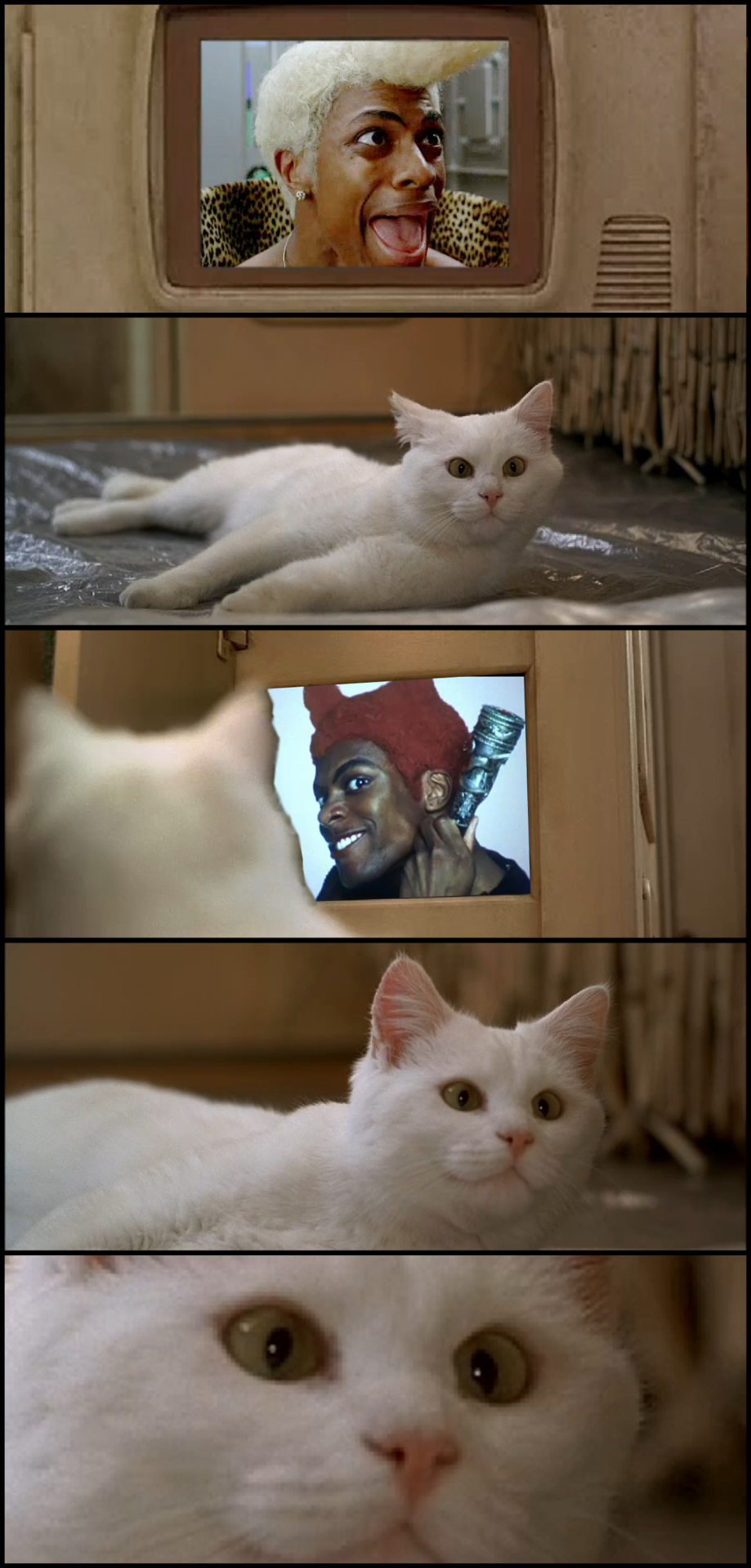Monday, 25 July 2016
A look at some of the creative quirks of Fritz Lang’s Metropolis
One of my main sources of inspiration is the highly stylised work of German expressionist artists. The geometric shapes and hallucinatory set designs are fascinating since I believe that this is the moment when filmmaking finally became a legitimate art form instead of being relegated to the ranks of lowbrow entertainment. While there are plenty of hidden gems to be found from this insanely creative period in the history of film, the heavy hitters have been praised for some very good reasons and I would like to use the space of this article to pay tribute to one of the best productions ever put to screen, Fritz Lang’s Metropolis.
The story is ostensibly a science fiction tale that touches on ideas of class and uses Biblical allusions to make its points. However, like all iconic movies, it embraces a kind transcendental mishmash of styles that surpasses its genre bounds. Its rooting in the wider expressionist movement, which emerged as a collective pushback against the scars of World War I, is clear. The oppressive skylines and mechanical implements that litter the sets, as well as the strong themes of division between the working class, intellectuals and business owners, are all directly influenced by the social landscape of Germany during the Weimar Republic.
One of the most impressive techniques used in the production is the Schufftan process, which was a very crude form of inserting actors into artificial sets. Essentially, miniature replicas of buildings would be constructed and the actors made to appear as if actually occupying the space through a complicated mirror set up. It is essentially the pioneer of the green screen effect. However, I find that a more apt comparison can be found in some of the tricks used by the crew working on The Lord of the Rings, where interior sets that would feature the hobbits alongside their normal sized companions would often use a distorted scale in order to trick the eye into seeing a size discrepancy.
The musical score used during key scenes of the movie is also one of the reasons why its atmosphere is so widely praised. There are several recognisable compositions mixed in with original work and, once again, one of the way they used music anticipates work carried out for a more modern work. The 2012 adaptation of Les Miserables, directed by Tom Hooper, was notable because it broke traditional musical filming conventions and had the actors sing live on set, while also playing the backing track at the same time in order to help them get in the proper headspace. Lang, who was noted for his perfectionism, did a similar thing during his work on Metropolis. Other concessions to realism were made during the pyre scene, where real (but controlled) fire was used for fake Maria’s death scene.
Wednesday, 13 July 2016
Movie Review: The Fifth Element
It is no secret that Luc Besson is one of Hassan
Mohammed Khalil Enany’s favourite directors. The whole ‘cinema du look’
movement itself is definitely where I derive a lot of personal
inspiration from, and have definitely tried to recreate – even when on a
shoestring.
So, The Fifth Element is not a new film, but is
actually a classic among many people. It follows the story of Leeloo, a
scientifically created “perfect being” and taxi driver and elite
commando Major Korben Dallas, in their quest to save the world. It is
also a love story, with the ending culminating in the pair of heroes
falling for each other. It also features Gary Oldman in the role of evil
villain Zorg and Chris Tucker as wacky TV presenter Ruby Rhod.
The first thing to mention is how visually stunning
the movie is. In the Hassan Mohammed Khalil Enany version of the
future, I too would have bright colours and larger-than-life everything.
The world almost seems like it comes from a comic book, with
fast-moving vehicles, robotic service staff and smart houses that
monitor your health. The costumes, too, were designed by Jean Paul
Gaultier, famed for his use of exaggerated shapes and textures. Leeloo’s
look is definitely one which has been copied time and time again at
Halloween.
The humour in the film is also something which
can’t be denied. Chris Rock as the effeminate and cool Rhod is the
epitome of physical comedy, contorting his body and working the camera
in the most exaggerated and hilarious way. The ad libs from Bruce Willis
(Dallas) are also brash perfection.
Mila Jovovich is the lead female and she actually
married Besson after it was released. His affection for her is evident
in the way the movie is shot, and it definitely helps the audience
believe that she is this true perfect being – not that we needed much
convincing after seeing supermodel Jovovich in action.
Overall, this is a perfect piece of sci-fi cinema.
The story certainly isn’t hard to follow, but it definitely hits the
spot in terms of action, visuals and sheer entertainment. This has a
firm place in my DVD shelf, and I can rewatch time and time again.
Subscribe to:
Posts (Atom)

